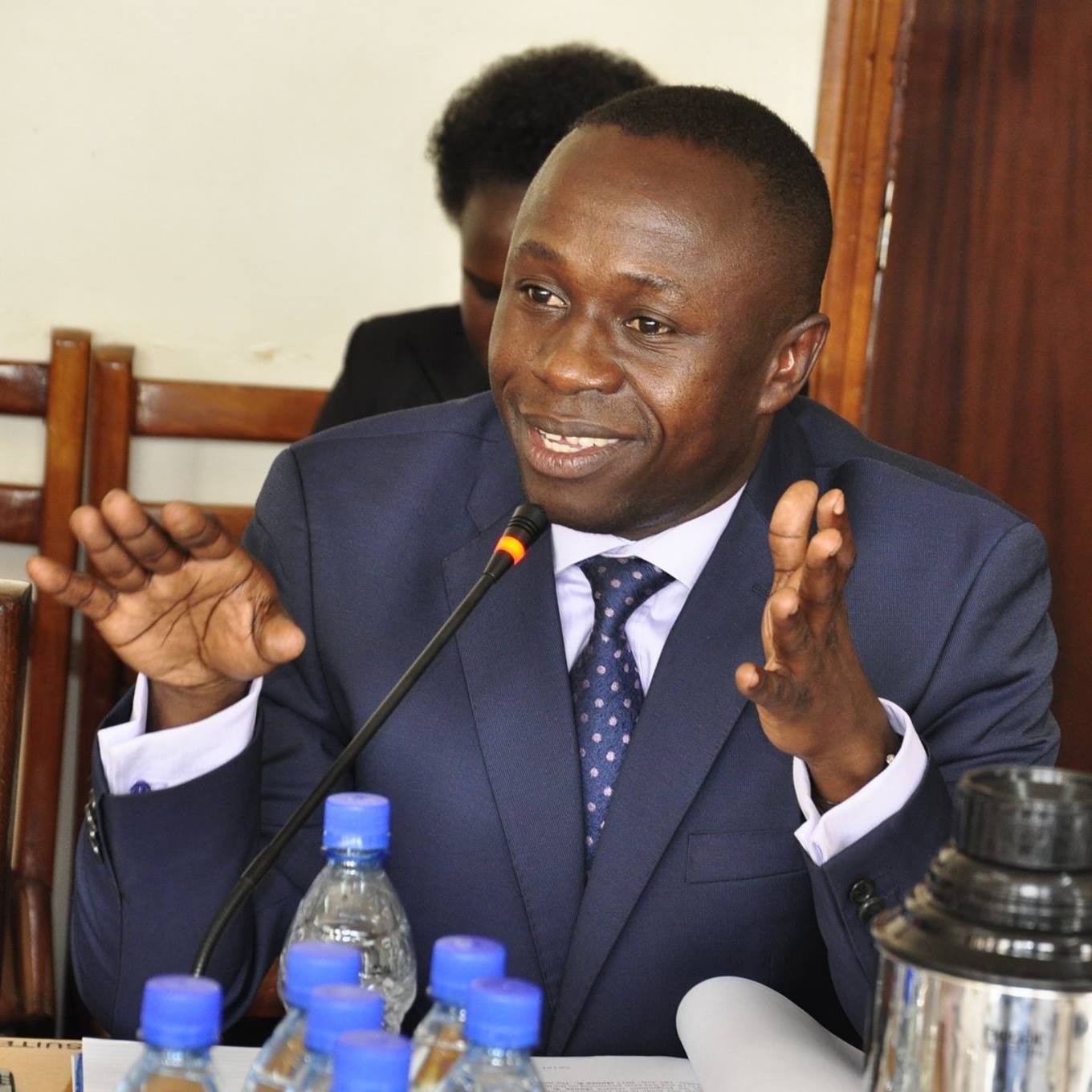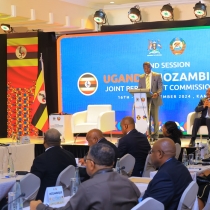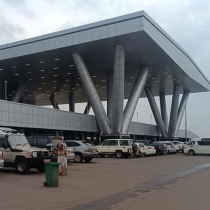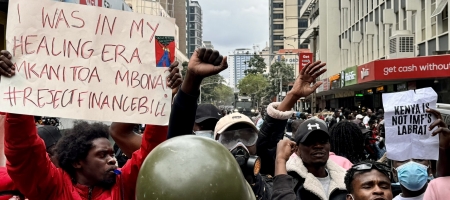
Implementation of NBI Phase 5 will Further Lower the Cost of Internet Bandwidth in Uganda
Peter Ogwang
On Tuesday, 04, February, 2020, I was pleased to have visited the National ICT Infrastructure in Jinja which harbours an NBI transmission site and National data centre. As a matter of fact, I was mesmerized with the significant ICT infrastructure that the National Information Technology Authority Uganda (NITA-U) has installed since coming into force in 2009 with the national objective of rationalizing the use of ICT services within government in order to reduce duplication and wasteful expenditures on ICT software and infrastructure.
This is exactly what H.E the President envisioned in 2006 when he convinced the Government of China to support our Country with the construction of the ICT Fibre Optic Backbone.
The Tier 3 National Cloud Data center in Jinja which was commissioned by the President in July 2019 is a centralized system which houses all 320 Government ICT applications, while, the transmission site in Nalufenya facilitates a fast and secure transfer of information between fibre cable and Ministries, Departments and Agencies (MDAs).
It is important to note that since the commissioning of these national ICT infrastructure and implementation of four Phases of the National Backbone Infrastructure (NBI), a number of government services have been digitized. There is now an integrated financial management system being implemented in a phased manner which improves government efficiency in budget preparation, execution and financial reporting, thus curbing corruption- a vice that has been on the NRM agenda for long.
Some of the e-government services that have been realized include; the e-Voucher system under the Ministry of Agriculture that ensures that government subsidies reach the desired farmers; an e-learning application that provides students with access to textbooks and learning videos; e-passport application that enables citizens to quickly access passports short of corruption and bureaucratic tendencies and the Integrated Intelligent Computer System that ensures that all drugs in hospitals are not stolen.
The implementation of NBI has also tremendously lowered the cost of internet which has been a major barrier for digitization especially in the Sub Saharan Africa. In 2012, Ugandans were paying up to $1200 per megabyte per second (Mbps), but I can reliably say that to date, the consumers are paying $70 per Mbps. Whereas this internet cost [of $70 per Mbps] is still a sour pill for Ugandans to swallow, considering that countries like India provide a gigabyte at $0.26, this is nevertheless a great stride for Uganda towards achieving digital revolution.
Despite our efforts in digitalizing government institutions, there is still a long way to go and we as the inline Ministry of ICT and National Guidance are determined to avail any necessary support to the Agency to enable them meet their ultimate goal. To date, only 446 MDAs and Local Governments sites have been connected to the NBI out of the 20,902 sites. This means that the Ministry of ICT through NITA-U still has 20,465 government administrative units and services centers that are not covered under e-Government services. To achieve this, my Ministry has received a funding of $150m (over Ssh500bn) from EXIM Bank of China to implement Phase 5 of the National Backbone Infrastructure which will cover 73 districts. This is intended to further bring down the cost of internet to less than $10 per Mbps and also roll out the Human Capital Management System that will ensure that there are no ghosts in the government payroll.
The implementation of Phase 5 of the NBI will also support the roll out e-Procurement to all government units to eliminate corruption and also curb theft of drugs in hospitals through the Hospital management system. This Phase 5 will connect 3,111 MDAs, Local Government, hospitals, schools etc sites onto a last mile network to enable access to secure, affordable and high speed broadband services in different communities across the country. Part of the funding will also be used to construct 6,235km of optical fiber cable of backbone network and improve on the wireless infrastructure network by deploying 1,754 outdoor access points to provide Wifi hotspot services in designated locations like government offices, supermarkets, parks, gas stations among other in order to extend broadband access and increase usage of online services.
Therefore, government through the Ministry of ICT is on the right track to secure e-government services at a reduced cost of internet to enhance communication services in the country and foster service delivery in the most transparent manner.
The writer is the Minister of State for ICT and National Guidance.
Links
- 675 views












































Join the conversation